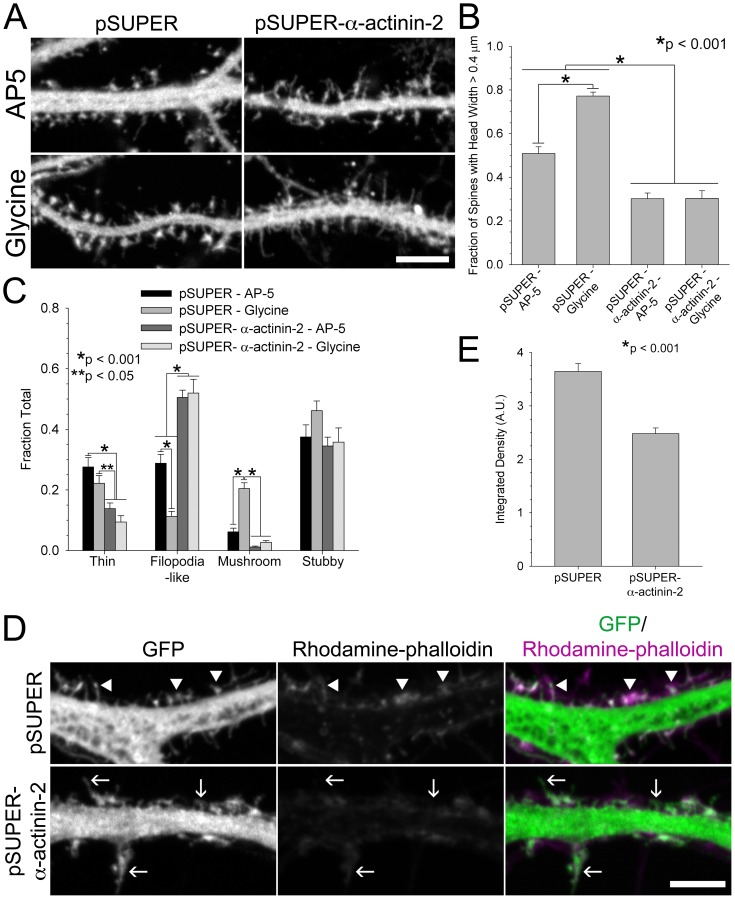Figure 4. Knockdown of α-actinin-2 prevents spine maturation in response to NMDA receptor activation.
A) When α-actinin-2 is knocked down, spines do not shorten or assume a “mushroom” morphology in response to glycine. Hippocampal neurons were co-transfected at DIV 6 with GFP and either pSUPER or pSUPER-α-actinin-2. Neurons were chronically treated with AP-5, an NMDA receptor antagonist, to inhibit spine maturation. At DIV 19–21, neurons were acutely stimulated by the addition of 200 µM glycine and AP-5 withdrawal, while control neurons were continuously treated with AP-5. B–C) Quantification of spine morphology in response to α-actinin-2 inhibition and glycine stimulation. Fraction of spines with a large head, spine tip width >0.4 µm, increases in response to glycine stimulation but is prevented by α-actinin-2 knockdown, B. In contrast to stimulated controls, inhibition of α-actinin-2 does not increase the fraction of mushroom-shaped spines and decrease filopodia-like spines, C. For each condition, 556–1721 spines of 16–24 neurons from 2 separate cultures were analyzed. D–E) α-Actinin-2 knockdown prevents enrichment of actin filaments in spines. Hippocampal neurons were co-transfected at DIV 6 with GFP and either pSUPER or pSUPER-α-actinin-2, fixed on DIV 21, and stained for rhodamine-phalloidin. Arrowheads mark actin enrichment in spines of control neurons and arrows point to the lack of actin in spines of neurons with α-actinin-2 knocked down, D. The fluorescent intensity of rhodamine-phalloidin is reduced in spines with α-actinin-2 knocked down, E. For each condition, 87–97 spines from 5 neurons were analyzed. Error bars represent SEM. p-values were derived using the paired t-test. Scale = 5 µm.

